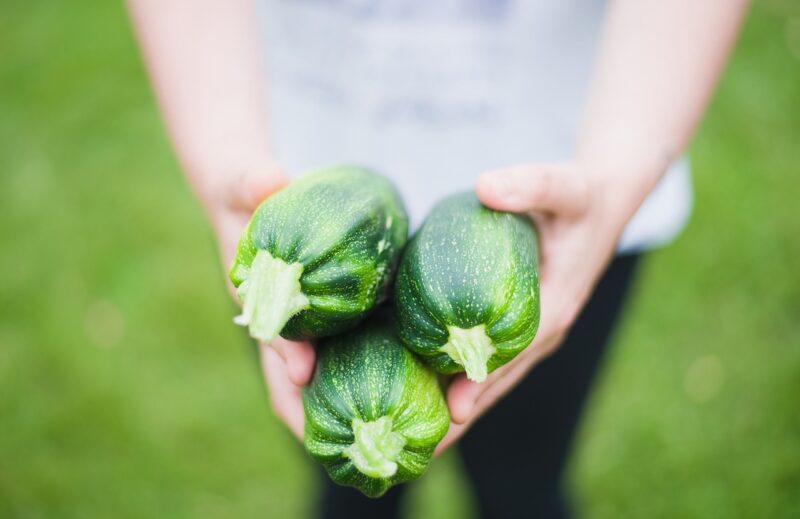
In recent years, raw diets for pets have gained significant traction among pet owners who believe that feeding dogs and cats a natural, unprocessed diet aligns with their evolutionary needs. Advocates argue that raw diets can lead to happier, healthier pets, while skeptics warn of potential health risks. In this article, we’ll delve deep into the pros and cons of raw diets for dogs and cats, providing you with the information necessary to make an informed decision for your furry friends.
What is a Raw Diet?
A raw diet, also known as a biologically appropriate raw food (BARF) diet or raw feeding, consists of feeding pets uncooked meats, bones, fruits, and vegetables. It is based on the idea that dogs and cats can thrive on a diet compiled of natural ingredients, similar to what their wild ancestors would eat.
Typically, a raw diet might include:
- Raw meat (beef, chicken, turkey, lamb, etc.)
- Raw bones (chicken necks, wings, etc.)
- Raw eggs
- Fruits and vegetables (carrots, apples, spinach, etc.)
- Supplements (fish oil, probiotics, etc.) as needed
While some pet owners prepare raw diets at home, others may purchase pre-packaged raw food from pet stores.
Pros of Raw Diet for Dogs and Cats
Here are some of the compelling reasons why pet owners choose to switch to a raw diet for their dogs and cats:
- Improved Coat Condition: Many pet owners report that their pets have a shinier, healthier coat after switching to a raw diet. The natural oils and nutrients in raw meat and fat can contribute to enhanced skin and fur health.
- Better Dental Health: Chewing raw bones can help reduce plaque and tartar buildup, promoting healthier teeth and gums. This mechanical action from chewing is beneficial in maintaining oral hygiene.
- More Energy: Advocates of raw diets argue that pets tend to have higher energy levels and improved overall vitality when fed a raw food diet. Many owners note increased playfulness and stamina in their animals after the switch.
- Reduced Allergy Symptoms: Some pets experience food allergies or intolerances due to processed pet food ingredients. Switching to a raw diet with whole food ingredients can sometimes alleviate these symptoms, provided that they are receiving a balanced variety of nutrients.
- Less Odorous Waste: A diet rich in raw proteins and fresh ingredients may lead to more solid and less odorous stool, which can be easier to manage for pet owners.
Cons of Raw Diet for Dogs and Cats
Despite the many pros of raw diets, there are several criticisms and potential risks associated with them:
- Nutritional Deficiency: One of the major concerns about raw diets is that they may not provide complete and balanced nutrition. It can be challenging to ensure that pets receive all necessary vitamins and minerals if not properly planned. Nutritional imbalance can lead to serious health issues over time.
- Bacterial Contamination: Handling raw meat presents a risk of bacterial contamination for both pets and humans. Raw diets may increase the chances of diseases like salmonella and E. coli, which can pose serious health risks. Proper food handling practices are essential to mitigate these risks.
- Potential Bone Hazards: Feeding bones can be risky. While some raw bones are safe, others can splinter and cause choking or gastrointestinal obstructions. Always consult with a veterinarian to choose safe bone options.
- Cost & Time Consumption: Raw feeding can be more expensive and time-consuming compared to conventional pet food. Sourcing quality raw ingredients, preparing meals, and ensuring clean feeding practices requires a significant time commitment and financial investment.
- Individual Variability: Not every pet will thrive on a raw diet. Some animals may have specific health concerns or dietary sensitivities that make raw feeding inappropriate. Always consider individual health needs and consult with a veterinarian before making any dietary changes.
Making the Transition to a Raw Diet
If you’re considering transitioning your pet to a raw diet, here are a few steps to guide you:
- Consult Your Veterinarian: Before making any dietary changes, it’s crucial to speak with your veterinarian. They can help you assess your pet’s individual health needs and provide guidance on how to transition safely.
- Start Gradual Transitions: Gradually introduce raw foods into your pet’s diet instead of making an abrupt change. Start with a small amount mixed into their current food and increase over a week or two, allowing their digestive systems to adapt.
- Monitor Your Pet’s Health: Keep a close eye on your pet’s overall health and behavior after the transition. Look for any signs of gastrointestinal distress or allergies and consult your vet if you notice any adverse changes.
- Educate Yourself on Balanced Feeding Practices: If opting for home-prepared raw diets, ensure you do extensive research regarding balanced nutritional needs. A well-rounded diet includes a range of meats, vegetables, and supplements to provide complete nutrition.
Conclusion
The choice to feed your dog or cat a raw diet is indeed a personal one and can be potentially beneficial. However, it’s essential to weigh the pros and cons carefully. While many pet owners have seen positive changes in their pets, risks associated with nutritional balance and health must be taken seriously. Always prioritize your pet’s health and consult with a veterinary professional to make the best decision for your furry companions.
Ultimately, whether you decide to implement a raw diet or stick with traditional pet food, ensuring your pet receives a nutritious, balanced diet is key to their overall health and well-being.








